Chilean Beverages: Basic Overview
Common Ingredients
Common Preparing Methods
Key Taste
Drinking Etiquette
Culinary Festivals
Influence and Fusion
Classifications of Chilean Beverages
-
Alcoholic
Chile is renowned for its production of high-quality spirits, which are integral to both local customs and national celebrations.
-
Non-Alcoholic
In Chile, these refreshments range from sweet to savory, often made with fresh fruits, herbs, and grains that are abundant across its varied landscapes.
Chilean beverages are a mix of pre-Colombian traditions and European techniques. These refreshments display shared characteristics with beverages from Peru and some fine refreshments in Argentina.
Many of these drinks are strongly connected to the country’s rural heritage and designed to meet the needs of huasos (Chilean countrymen), fishermen, and lumberjacks. Drinks are typically prepared to enhance the celebratory atmosphere on occasions like Fiestas Patrias or Christmas.
Through these beverages, I’ll take you through popular alcoholic and non-alcoholic drinks from Chile, explaining why they’ve become so popular, and introduce you to must-know Chilean soft drink brands.
Plus, for food enthusiasts, you’ll also learn about Chilean entrees, desserts, and street foods that pair perfectly with these unique Chilean beverages.
Here are 20 beverage options to pick up for your list:
20 Popular Chilean Beverages with Filters
While going through these beverages, make sure to utilize the filter system to arrange these drinks in alphabetical order, tastes, ingredients, drink types, preparation methods, and global popularity.
Plus, you may spend some time uncovering the drink styles of Chile, encompassing choices like the most popular, national, traditional, and street drinks:
Licor De Oro
- Alcoholic
- Traditional
Licor de oro, literally meaning “gold liqueur”, is a traditional liqueur of Chile. Made using aguardiente, whey, saffron, and lemon peel, lico de oro possesses a vibrant yellow hue.
Murtado
- Alcoholic
- Traditional
Murtado is a traditional liqueur in the southern regions of Chile that makes use of Chilean guavas, known as ugni molinae, aguardiente, and spices.
Murato usually comes in an enticing red hue for a unique visual appeal. The contrasting bitter-sweet flavor notes make murtado an intriguingly balanced drink.
Borgoña
- Alcoholic
- Traditional
Borgoña is a Chilean cocktail that first appeared in the 19th century. The drink was named after the Burgundy or Bordeaux wines, considered the finest French wines.
This summer drink comes with red wine, chopped strawberries, and sugar. As you prepare the concoction, red wine is added to the strawberries and sugar for a vivid red.
Also, borgoña is a traditional accompaniment during Fiestas Patrias and Christmas celebrations.
Chicha
- Alcoholic
- Street Beverages
- Traditional
Chicha is a sweet fermented wine from the Andes and Amazonia regions, often featured in Inca ceremonies and rituals in the past.
The wine was initially crafted with grains or wild fruits, but due to Spanish influence, modern Chilean chicha mainly uses apples or grapes.
This spirit requires fermentation in large earthenware jars known as tinajas, resulting in two well-loved varieties of apple chicha in southern Chile and grape Chicha in central Chile.
Chicha often appears in the country’s Independence Day celebrations, as the drink is customary for the President of Chile to drink Chicha from a bull’s horn during the military parade.
Aguardiente
- Alcoholic
- Traditional
Aguardiente is a distilled alcoholic spirit from the Iberian Peninsula. This clear, brandy-like libation is produced from distilling grape residue with the skins, and the pulp left over after wine-making.
Optional touches include aromatic herbs or peeled nuts to add more flavors to aguardiente. In Chile, aguardiente boasts a hefty 45% to 55% alcohol by volume.
This grape spirit is also a main ingredient for flavored liquors such as murtado, licor de oro, or popular cocktails like cola de mono.
Cola de Mono
- Alcoholic
- Traditional
Cola de mono is a Christmas cocktail of Chile that goes by another name, colemono. The mix features aguardiente, milk, sugar, coffee, and cloves, resulting in a taste profile that closely resembles eggnog.
Created in the early 20th century, the thick beverage has a virgin version made with no alcohol. With the name translated to “monkey tail”, it’s a playful reference to Pedro Montt, a former Chilean president known by the same nickname.
Fanschop
- Alcoholic
- Traditional
Fanschop is a Chilean mixed beverage created using a cold combination of equal parts Fanta orange and beer, giving fanschop a sweet, citrusy flavor.
The name “fanschop” interestingly derives from “schop”, the Chilean term for “draft beer”. Thanks to its low alcohol content, fanschop is a fantastic choice for those looking for a lighter summer drink.
Piscola
- Alcoholic
- Traditional
Piscola is a cocktail in Chile that has had a National Piscola Day every February 8 since 2003. The blend consists of pisco, a grape brandy, ginger ale, Cola, tonic, or Sprite.
Available in either black or white, the concoction’s color ranges differently depending on the pisco wine ratio to other components.
Terremoto
- Alcoholic
- Traditional
Terremoto is a Chilean cocktail bringing together pipeño wine and pineapple ice cream along with a dash of grenadine. In Spanish, the term terremoto is translated to “earthquake”.
According to the Chile Today magazine, this vivid cocktail was created after the 1985 earthquake. Served in a large jug or a liter glass, people tend to divide the drink into smaller glasses for serving.
With a high alcohol content and a distinctly sweet taste, terremoto offers an exciting addition to any celebration.
Melón con Vino
- Alcoholic
- Traditional
Melón con vino is a Spanish-originated cocktail that utilizes a hollowed-out honeydew melon filled with chilled white wine and sugar.
This sweet drink comes with multiple straws for sharing among friends or loved ones. As a signature and affordable Chilean cocktail, melón con vino even has a national day on January 15 in Chile.
Navegado
- Alcoholic
- Traditional
Navegado is a spiced liquor of Chile, using red wine as a base for infusing with orange slices, sugar, cloves, and cinnamon. The preparation includes frequent stirring as the mixture is simmered to prevent bitterness.
A fun twist that sets navegado apart is that people often set the drink on fire post-boiling to evaporate the alcohol.
Surprisingly, navegado is also called “sailed wine” since the orange slices tend to float on the surface, much like little boats navigating through the ocean.
Pisco Sour
- Alcoholic
- National
- Traditional
Pisco sour is a zesty cocktail, a national refreshment of Chile and Peru. This cocktail is a concoction of Chilean pisco, a clear or amber-colored spirit with pica limes.
These ingredients are shaken with ice and served in a chilled goblet to maintain that crisp, cold taste. What’s interesting is the difference in recipes. The Chilean pisco sour skips angostura bitters and syrup, usually included in the Peruvian version.
Vaina Chilena
- Alcoholic
- Traditional
Vaina chilena is a rich Chilean cocktail known for its dense texture that’s strikingly similar to cola de mono. This drink comprises red wine, cognac (brandy), chocolate liqueur (cacao powder), malt or white vermouth, eggs, and cinnamon.
All the ingredients are blended smoothly with ice and served in a small cocktail glass. Vaina chilena is a warming winter drink or a breakfast option in Chile.
Jote
- Alcoholic
- Traditional
Jote is a mixed drink, tracing its origins back to the Basque Country, Spain. Also known by multiple names like kalimotxo, calimocho, Jesus juice, katemba, cátembe, and bambus, jote combines red wine, Cola, or any carbonated soft drink.
The mixture calls for equal parts of both ingredients, served chilled in a highball glass over ice. With a name that translates to “black vulture,” jote was created in 1953 and rediscovered in 1972, making it a go-to choice for an easy drink.
Mate con Malicia
- Alcoholic
- Traditional
Mate con malicia is a traditional Chilean cocktail called mate con punta. The beverage is an alcoholic twist on mate tea, a popular South American drink made from dried yerba mate leaves in hot water.
Commonly, either pisco or aguardiente is added. The cocktail is usually served in a container made from a calabash gourd, known as the mate, and sipped through a metal straw or bombilla.
Preferred chilled, mate con malicia is popular amongst laborers and people in rural areas.
Serena Libre
- Alcoholic
- Traditional
Serena libre is a Chilean cocktail created in La Serena during the 1990s. This drink is a simple blend of pisco and papaya juice, sweetened with sugar.
The mixture is then shaken with ice and served in a cocktail glass. With a ratio of 3:1 in juice and pisco, the cocktail has a balance between the tropical sweetness of papaya and the robust profile of pisco.
Chilean Wines
- Alcoholic
- National
- Traditional
Chilean wines are renowned worldwide, stretching back to the 16th century. The country has five main wine-producing regions, including Atacama, Coquimbo, Aconcagua, Central Valley, and Southern Chile, based on a report about the Chilean wine industry.
These regions are responsible for various red and white wines crafted from French grape varieties. Chardonnay and Sauvignon Blanc are popular white grapes, while red ones like Merlot, Carménère, País, and Cabernet Sauvignon bring robust flavors.
Commonly, Chilean red wines stand out for their full-bodied, fruit-forward profiles. Vino pipeño stands out with a deep brown hue and is crafted from ordinary grape stock.
Mote Con Huesillo
- Non-Alcoholic
- Street Beverages
- Traditional
Mote con huesillo is a sweet, non-alcoholic beverage from Chile, combining dried peaches and hulled wheat berries cooked in water with sugar and cinnamon. The mix offers a tea-colored hue and a sweet flavor, best served directly after preparation.
In Chile, you’re likely to see mote con huesillo sold from street stands or vendor carts. There’s also a variety called descabezados, made without dried peaches.
Mate
- Non-Alcoholic
- Traditional
Mate is an herbal-infused drink in South America that requires steeping dried yerba mate leaves in hot water. The brewed mixture provides a bitter and vegetal flavor.
Also, this caffeine-rich drink is a popular alternative to coffee. You can easily find mate in tea bags or bottled iced tea, as this herbal tea is popular in Southern Chile.
Commonly, people serve mate with a metal straw called a bombilla and a special container made from a calabash gourd, also known as the mate.
Leche con Plátano
- Non-Alcoholic
- Traditional
Leche con plátano is a kind of milkshake from Chile that translates to “banana milk”. Ripe bananas, milk, and sugar are all you need to make this drink, as they’re blended for a smooth texture.
How to Pair Chilean Beverages with Foods?
In Chile’s vibrant world of dishes, you’ll discover that pairing drinks with suitable dishes can transform your meals. Both traditional and modern beverages can harmonize with various dishes, from main courses to desserts and street foods.
Which Main Course Items to Have with Chilean Beverages?
Pairing beverages with main dishes in Chile is all about creating harmony in flavors. Here are some recommendations to enhance your meal experience with Chilean drinks:
Aside from the main courses, desserts of Chile are another popular choice that go well with the country’s refreshments:
What Chilean Beverages to Pair with Desserts?
For dessert lovers, there are numerous wonderful sweets in Chile to try out. These are some common options:
In case that’s not good enough for you, let’s hit the streets of Chile to uncover many street delicacies that make a great companion to the drinks here.
What Street Foods to Accompany with Chilean Beverages?
In the food scene of Chile, there are many fantastic options to enhance the flavor of a drink:
After discovering these pairing options. I encourage you to try them out and explore the amazing tastes they offer. So, don’t hesitate to share these beverages with your foodie friends. I would also love to hear your thoughts, so please leave a comment below.


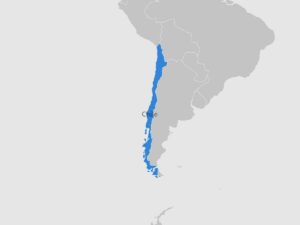
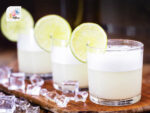


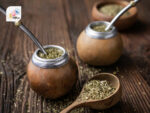
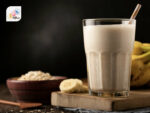
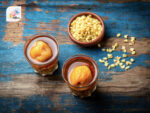

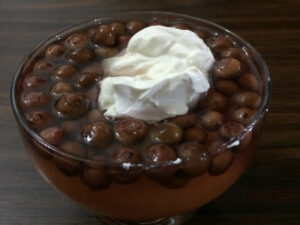
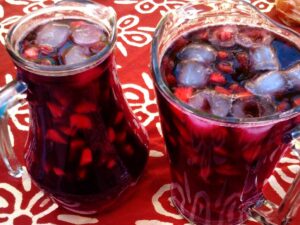
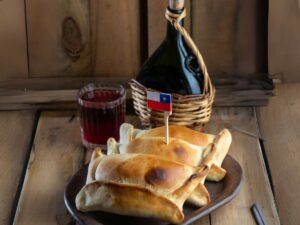
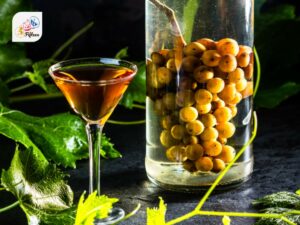
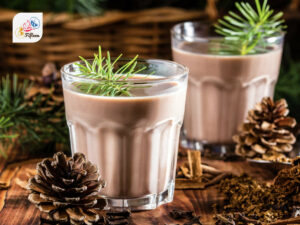
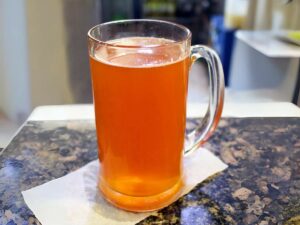
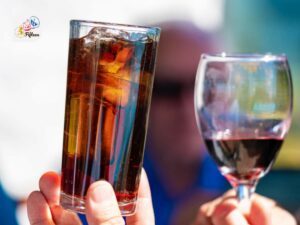
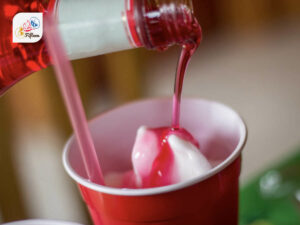
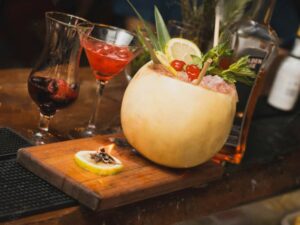
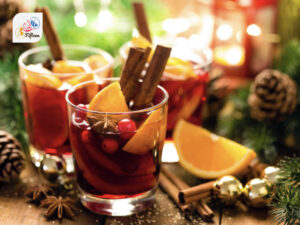
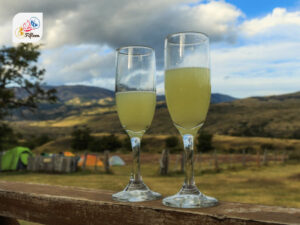
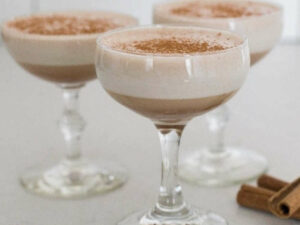

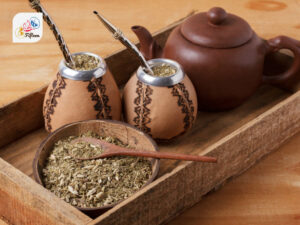
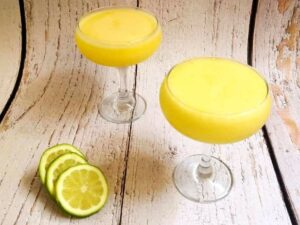
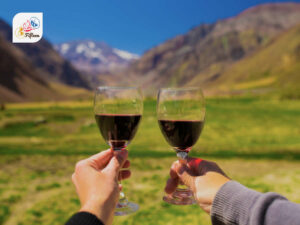
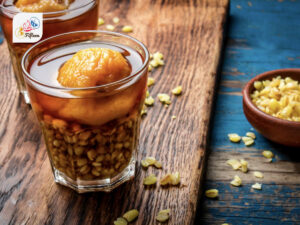
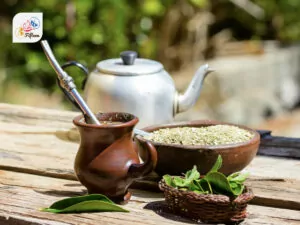
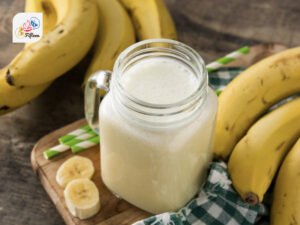
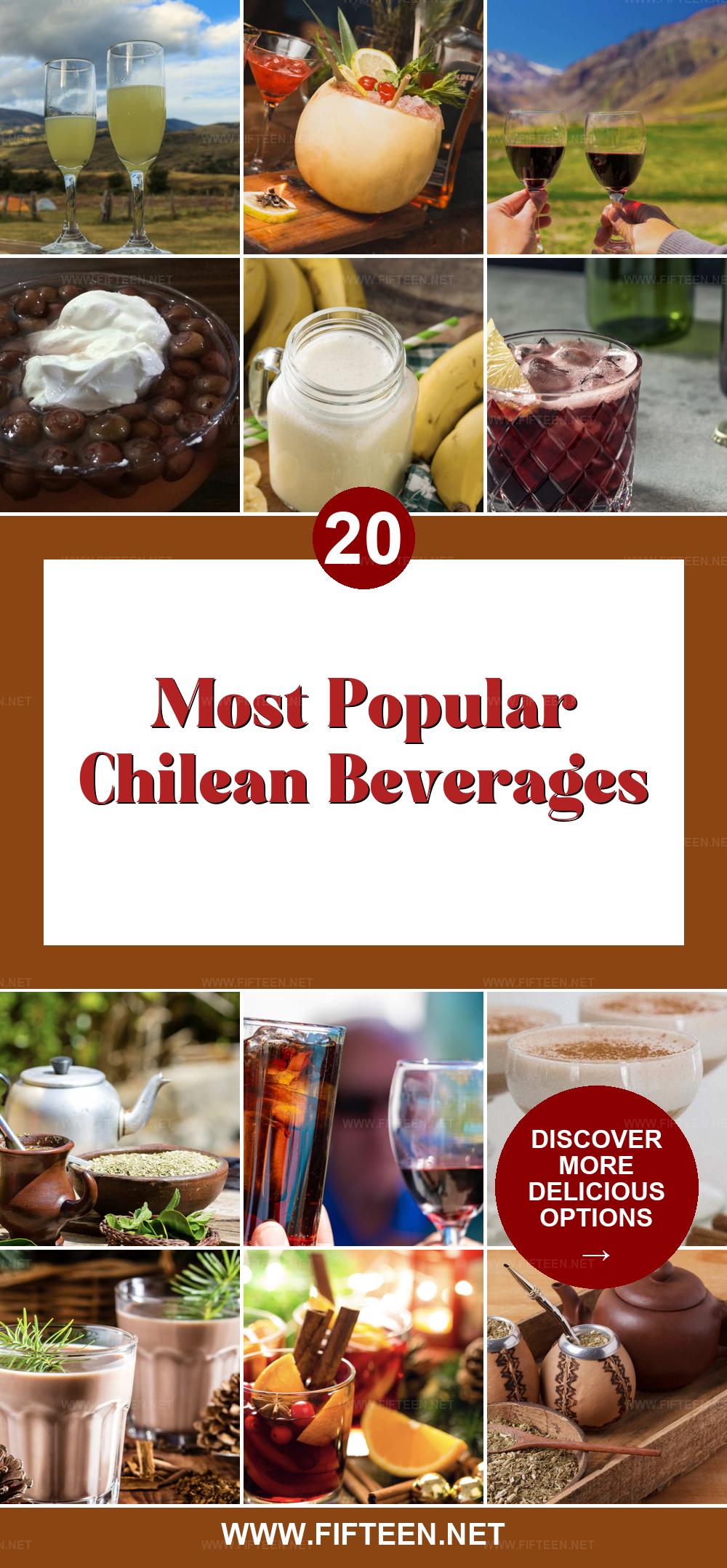
Jamie Scott
Editor in Chief, Senior Content Writer
Expertise
Home Cooking, Meal Planning, Recipe Development, Baking and Pastry, Food Editor, Cooking-video Maker, Western Food Evaluation Expert
Education
Le Cordon Bleu College of Culinary Arts
Local Community College, New York, NY
Jamie Scott is a skilled culinary expert and content creator specializing in Western cuisine. With over 15 years in the culinary field and formal training from Le Cordon Bleu, Paris, Jamie deeply understands how to blend nutrition with delicious flavors. His passion for cooking matches his commitment to making healthy eating accessible and enjoyable.
On Fifteen.net, Jamie brings a fresh perspective to classic dishes and beverages, offering readers insightful recipes, cooking tips, and a fresh view on meal planning that emphasizes taste, health, and simplicity.